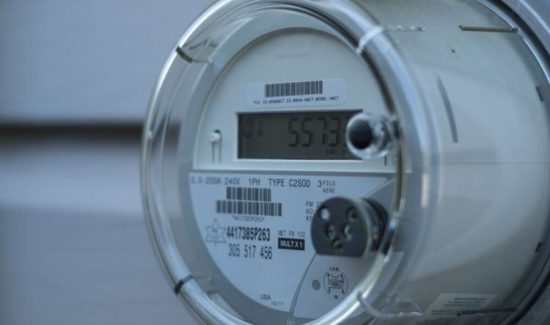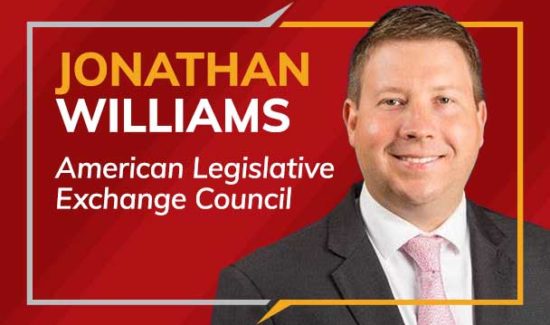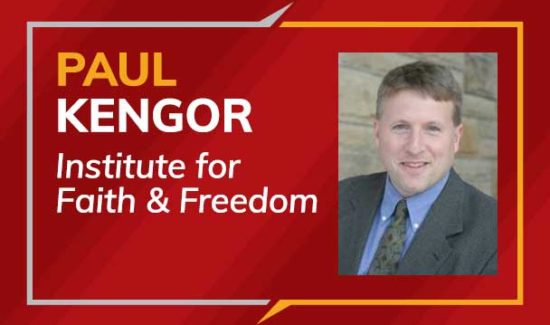Alco Certified Property Values
(February 9, 2016)–Three years after the reassessment in Allegheny
County property values in 2016 stand at $99.8 billion, with $76.7
billion being taxable and $23.1 billion exempt from taxation–a ratio
of $3.32 in taxable value for every $1 in exempt. These figures are
based on the 2016 County Certification Roll that was approved on
January 15th.
The Certification Roll is available for viewing by clicking here –
[L]http://cts.vresp.com/c/?AlleghenyInstitutefo/b55eb3cdb7/afe7546fc5/6ba215534f[EL] .
Compared to 2015’s certified value of $98.2 billion, property values
have risen 1.6 percent, with most of this growth coming from taxable
property. A closer look at this growth is worthwhile.
The increase in Countywide certified taxable values from $75.2
billion in 2015 to $76.7 billion this year is an increase of $1.5
billion, or two percent. A look at County certified values back to
2003 shows that in only one non-reassessment year over year period
(2006 to 2007) did taxable certified value increase more than one
percent (certified value increased from $57.1 billion to $57.7
billion). In years with no reassessment any growth has to be the
result of new construction, improvements, and appeals by taxing
bodies.
In the County’s municipalities, 2016 taxable values range from a high
of $18.1 billion in the City of Pittsburgh to a low of $4.3 million
in Haysville. After Pittsburgh, seven of the County’s municipalities
were certified as having between $2.0 and $2.6 billion in taxable
value. Twelve others have more than $1 billion but less than $2
billion in taxable value in 2016.
In percentage terms, the biggest increases in certified taxable value
from 2015 to 2016 occurred in Findlay Township (14%), Ohio Township
(11%), and Pine Township (9%). Eight other municipalities saw
certified taxable value grow four percent or more (Neville, Kilbuck,
Haysville, Oakmont, Marshall, South Fayette, Collier, and Jefferson
Hills) Overall, close to 100 municipalities saw only minimal change
in the 2016 certified taxable values from a year earlier–rising or
falling in a range of two percent.
In dollar terms the biggest jump in taxable value occurred in the
City of Pittsburgh, where taxable value rose $590 million from 2015
to 2016.
The County Certification Roll provides data on taxable property that
identify properties as residential or commercial as well as the value
for buildings and land. Residential land value ($15.1 billion) and
commercial land value ($5.7 billion) remained largely unchanged from
where those values stood in 2015, with a combined increase of only
$62 million. The big changes came in residential building value,
which climbed from $37 billion to $37.9 billion ($909 million) and
commercial building value, where the Countywide total rose from $17.3
billion to $17.8 billion ($516 million). Thus, building value
(residential and commercial) was up a combined $1.4 billion. Much of
the commercial increase can be traced to Ward Two of the City of
Pittsburgh (part of the Golden Triangle and the Strip District),
where taxable commercial building value increased $361.5 million year
over year.
Some other notable changes in taxable value in 2016 at the municipal
level:
In Findlay Township, taxable value increased $102 million to $823
million total, with the bulk of the increase coming from commercial
building value increasing $75 million. In Ohio Township, taxable
value rose $64 million, with residential building value rising from
$354 million to $420 million.However, commercial value fell by $2
million year over year. In East Pittsburgh Borough (separate from the
City of Pittsburgh) taxable value fell nearly 22 percent year over
year from $45.7 million to $35.8 million.While residential value
remained largely unchanged with $14.8 million in land and buildings,
commercial value dropped from $30.9 million to $20.9 million. In
Turtle Creek Borough certified taxable value fell 13 percent from
$99.7 million to $87.0 million.A decline in the certified building
value from $40.4 million to $27.5 million was reported for the
municipality.
County, municipal, and Pittsburgh Public School millage rates have
already been set for 2016, so in places where values are up there
should be a bump in overall collections. The suburban school
districts are just beginning to set millage rates for the fiscal year
that starts on July 1st.
Eric Montarti, Senior Policy Analyst
If you wish to support our efforts please consider becoming a donor
to the Allegheny Institute.The Allegheny Institute is a 501(c)(3)
non-profit organization and all contributions are tax
deductible.Please mail your contribution to:
The Allegheny Institute
305 Mt. Lebanon Boulevard
Suite 208
Pittsburgh, PA15234





